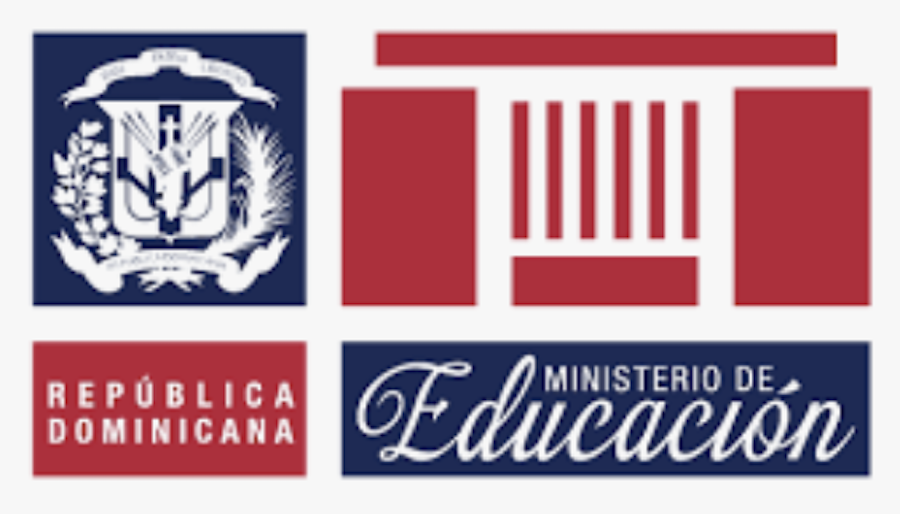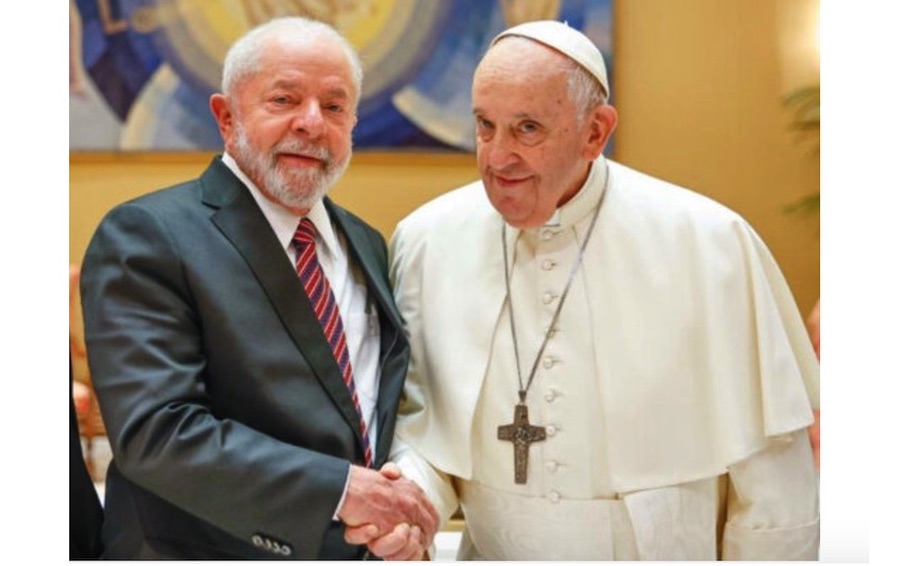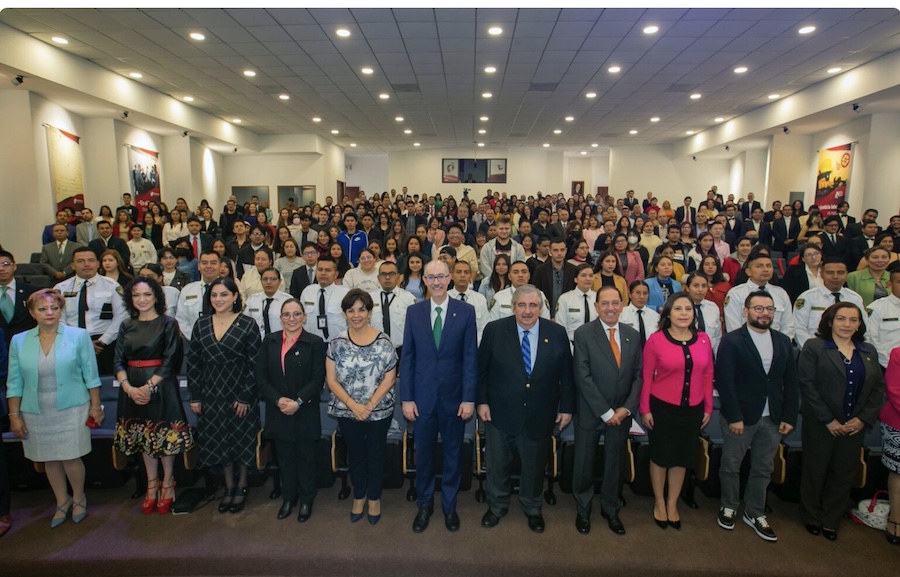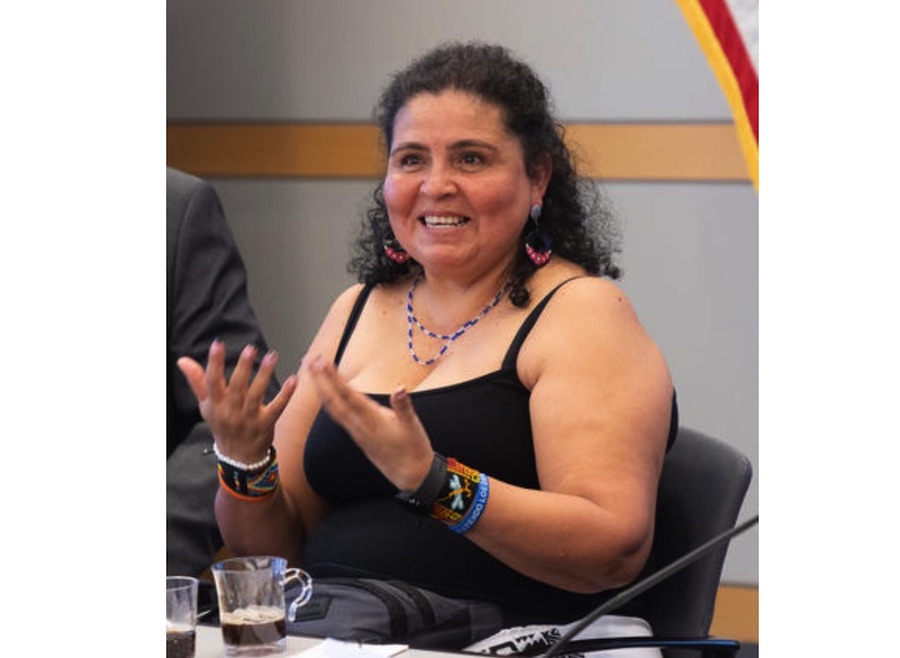. . SUSTAINABLE DEVELOPMENT . .
An article from Ministry of Commerce, Industry and Tourism of Colombia (translation by CPNN)
With the purpose of turning tourism into a mechanism that promotes the construction of a culture of peace in the territories, creating productive alliances and making known the rich cultural, gastronomic and natural diversity of the country, the strategy “Tourism for a culture of peace” was presented in the town of San José del Guaviare.

This initiative of the Government will benefit targeted population groups including victims of the armed conflict, signatories of the final peace agreement, demobilized combatants, farmers changing from illicit to legal crops and other actors for peace.
In the launch of the strategy, led by the Ministry of Commerce, Industry and Tourism, its Vice Ministry of Tourism, representatives of the international cooperation entities that have been linked, such as the CAF Development Bank, the United Nations Development Program; German Cooperation Colombia and the United States Agency for International Development. They support the initiative and will play an active role in its implementation.
Likewise, as it is an integrating project of the government of President Gustavo Petro Urrego, entities such as the Unit for Victims, the Agency for Reincorporation and Normalization, the Renewal Agency, the Colombia in Peace Fund and 4-72 have joined this commitment to build a culture of peace in the Territory/ They participated in the launch and will play an active role in its implementation.
Also participating were the federations and associations of the country’s tourism sector.
A comprehensive strategy
During the launch of “Tourism for a culture of peace”, the Deputy Minister in charge of Tourism, John Ramos, highlighted that the first phase of implementation will have an investment of $8.2 billion, and will impact 3.5 million inhabitants of the 88 tourist territories with a peace focus.
Initially, it will benefit 34 peace firm initiatives (18 tourism production projects and 16 tourism sector value-chain projects) that are ready for commercialization; and promote the productive chain of more than 4,000 productive units led by victims of the armed conflict.
For his part, César Oliveros, advisor to the office of the Vice Ministry of Tourism, stressed that the project includes four major axes.
The first axis seeks to strengthen peace tourism territories through work that promotes governance models and lessons learned; the creation of the network of tourist territories of peace as a mechanism for the promotion and visibility of the work of reconciliation and coexistence. In addition, the goal of investing in 10 tourism infrastructure projects is proposed.
(article continued in right column)
(Click here for the Spanish original.)
How can tourism promote a culture of peace?
What is happening in Colombia, Is peace possible?
(article continued from left column)
The second axis will be focused on promoting scenarios of economic opportunities through programs of productive chains of goods and services that can be associated with the extended value chain of tourism, making visible the work of building a culture of peace that local communities have been developing. The main mechanisms are the development of business roundtables; programs of chaining short circuits and in some cases, digital programs.
A third axis includes promoting a culture of peace through tourism by technical support for the consolidation of experiences and the construction of narratives that do not glorify the war, on the contrary, narratives that contribute to the historical memory of the country and the construction of peace. Also, the construction of the Code with Ethical Principles of tourism for the historical memory for the country.
And the fourth axis includes the development of a tourism promotion with a purpose, which aims to position these tourist territories with a differential value, with documentaries that tell stories of communities that work for transformation and that today are committed to life and that invite tourists to live these tourist experiences.
The actions will be developed in two phases, the first of which includes strengthening and development, and an initial base investment of $8.2 billion has already been approved and will be carried out over 18 months.
The second phase, of consolidation, will be executed according to the progress and dynamics of the prioritized territories and in this sense, the investments will depend on the new needs that are identified.
Where will it take place?
As part of the execution of this strategy, the following are considered peace tourism territories:
° The municipalities with Development Programs with a Territorial Focus -PDET-;
° The former Territorial Spaces for Training and Reincorporation -AETCR-;
° The Zones Most Affected by the Armed Conflict -ZOMAC;
° The Zones in processes of substitution of legal instead of illicit crops and
° The metropolitan areas that are transformed by scenarios for coexistence and culture.
An important condition is that they are territories with great potential for tourism, enjoyed by residents and visitors.
The Ministry of Commerce, Industry and Tourism has begun the process of strengthening the tourist territories of peace that include municipalities in the PDET subregions of:
1) Sierra Nevada-Perijá, Cesar;
2) Macarena-Guaviare subregion;
3) Caguan Basin and Piedemonte Caqueteño
4) Pacific Nariño;
5) Montes de Maria
6) Cauca and Valle del Cauca;
7) Arauca;
8) Putumayo;
9) Urabá Antioqueño and
10) Chocó.
Also included are five areas most affected by the armed conflict and three metropolitan areas.








